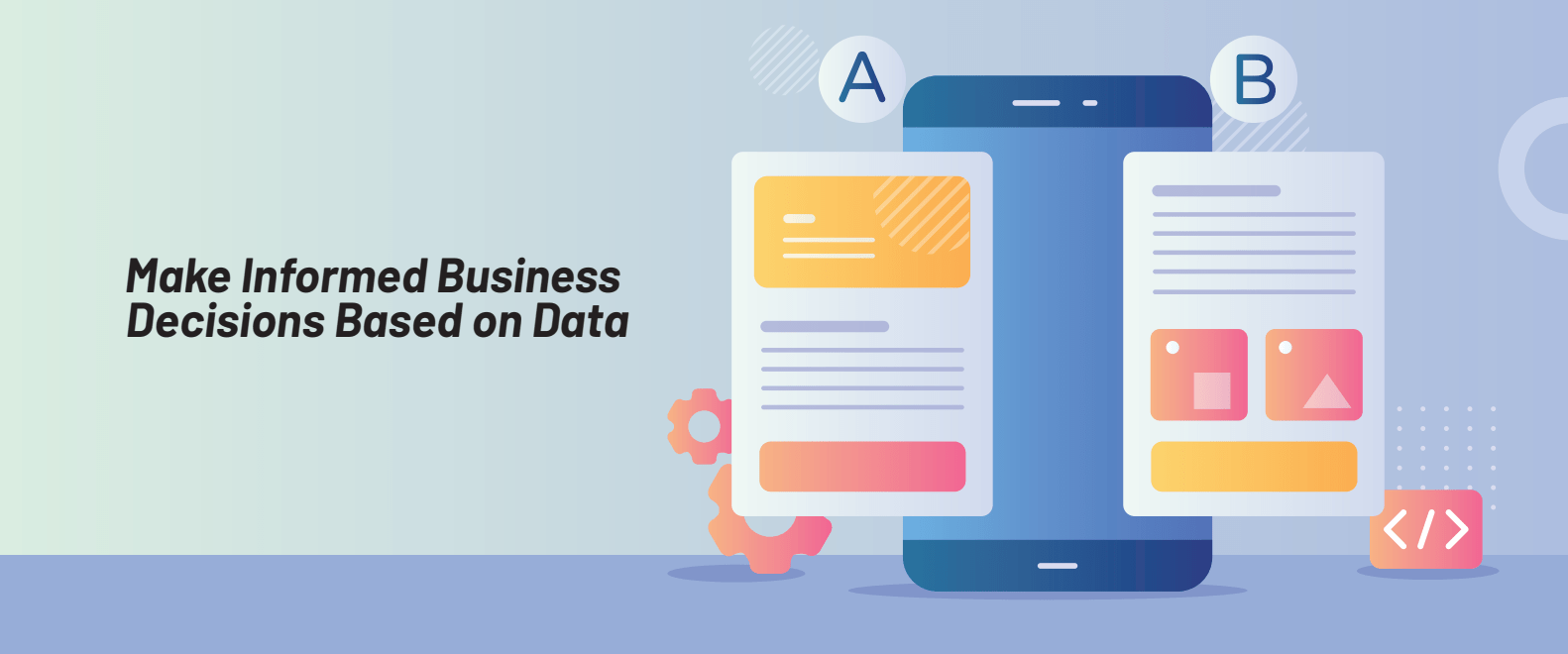Data is the oxygen in today’s information age. Data that is well-managed and well-governed helps organizations to derive deep and actionable insights to outpace their competitors. Not just that, business initiatives that are built around insights and analytics always try to leverage data to improve their business outcomes.
Some of the multiple benefits organizations can reap by putting in place robust data governance capabilities are:
- Better insights from data analytics
- Accountability for data
- Reduction in rework and costs
- Ability to track lineage and hence better business and IT agility
- Better compliance and reduced costs for compliance reporting


